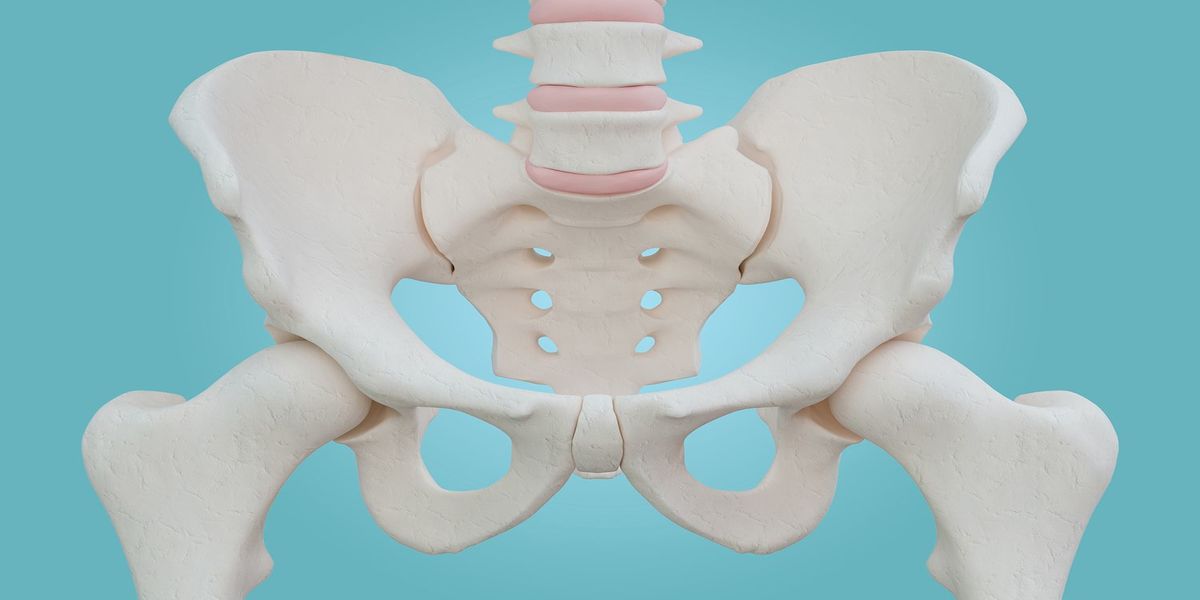
The Baby’s pathway – The Pelvis
The pelvis is the hard structure the baby negotiates to be born. The pelvis is a basin-like structure at the lower end of our vertebral column. It is from this shape that it derives its name. “Pelvis” is the Latin word for a “basin”. The basic function of the pelvis is to transfer weight from our upper body to our feet that maintain our upright position.
When we stood up straight from four-legged to two legs, the pelvis adapted in shape from a more square to funnel-shaped. This gives us stability on two legs and effectively transfers the load. This also would have meant an adaptation to how we give birth.
Interestingly, just as the pelvis got complex in its design and the human brain got its complexity birth too is amazingly complex but profoundly simple. On autopilot, if you please.
So let’s begin with understanding the pelvis and the baby’s passage through it.

In its mechanical construction, the pelvis consists of two hip bones that come together in the front and meet at the pubis symphysis. The symphysis is a joint where two bones ‘articulate’ meet each other and are held together with cartilage. This provides it with the strength to retain shape and structural integrity while allowing it movement under the hormonal influence during pregnancy and birth.
The hip bones meet the vertebral column at the back at the sacrum. This joint between the hip bone and sacrum also has mobility and can change the inlet and outlet size during birth. And the third joint which can move is between the sacrum and tail bone.
So while the pelvis is the hard structure for the baby to pass through, its shape and ability to move allows passage to the baby. To facilitate these movements between bones we need the mother to be active and mobile during pregnancy and upright and mobile during labor and birth
































































